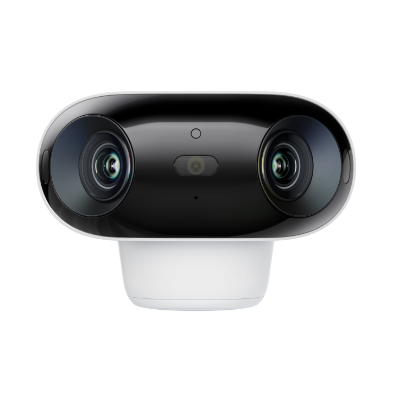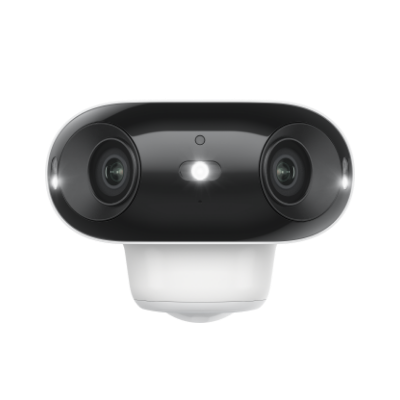When was Night Vision Invented?
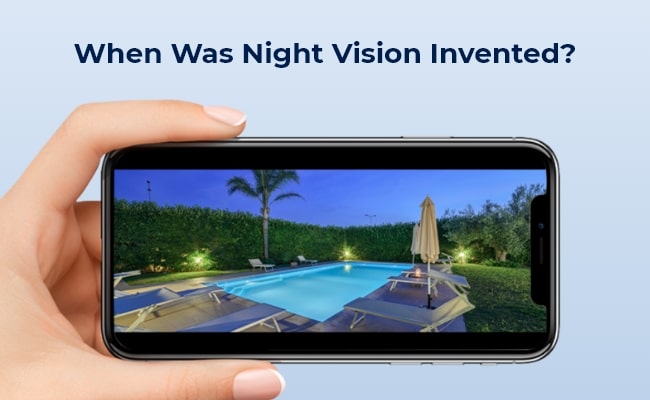
Night vision technology has revolutionized the way we perceive the world after dark. It has enabled us to navigate through the darkest environments, enhancing our situational awareness and safety.
The invention of night vision has its roots in the early 20th century and has since undergone remarkable advancements, becoming an indispensable tool in various fields, from military operations to home security.
When was Night Vision Invented?
The origins of night vision can be traced back to the late 1920s and early 1930s, specifically the work of Hungarian physicist Kálmán Tihanyi, who developed early night vision systems for anti-aircraft defense in the UK in 1929. However, it was during World War II that night vision technology was first utilized in a significant way, primarily by the military forces of the warring nations.
During the late 1920s and early 1930s, scientists and engineers were exploring ways to enhance vision in low-light conditions. Kálmán Tihanyi's pioneering work led to the development of the first-night vision systems, which employed electronic amplification of low-intensity infrared radiation to produce visible images. While these early systems were rudimentary, they laid the foundation for future advancements in night vision technology.
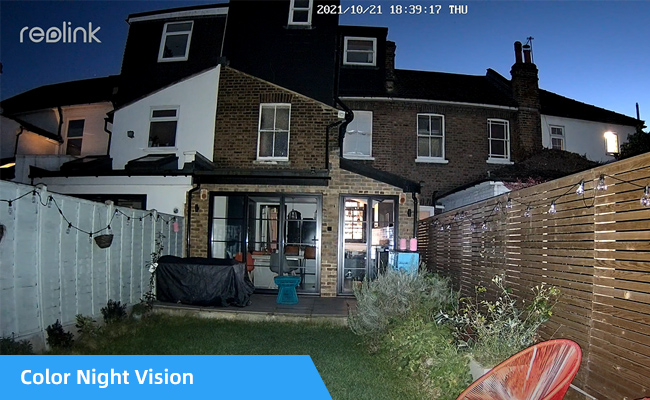
When were Night Vision Goggles Invented?
While the foundations of night vision technology were laid during the late 1920s and World War II, the development of practical, portable night vision goggles occurred after the end of the war. In 1945, Vladimir K. Zworykin, a Russian-American inventor and engineer, introduced the first practical commercial night vision device at the Radio Corporation of America (RCA) for civilian use.
Zworykin's night vision device, known as the "Electric Eye," was a significant improvement over the bulky and cumbersome systems used during World War II. It was more compact, portable, and offered better image quality and resolution. This paved the way for the development of night vision goggles, which would become invaluable tools for military and law enforcement personnel, as well as for various civilian applications.
Who Invented the First Night Vision Goggles?
While the development of night vision goggles was a collaborative effort involving many scientists and engineers, the first-night vision systems can be attributed to the work of Hungarian physicist Kálmán Tihanyi. As mentioned earlier, Tihanyi developed the first-night vision systems for anti-aircraft defense in the UK in 1929, laying the groundwork for future advancements in the field.
Tihanyi's pioneering work was built upon by scientists and engineers from various nations, particularly during World War II, as the demand for night vision capabilities grew. The German Army's introduction of the first military night vision devices in 1939, as well as the subsequent developments by the United States, the Soviet Union, and other nations, contributed significantly to the evolution of night vision goggles.
History of Using Night Vision for Home Security
As night vision technology advanced and became more accessible, it found its way into various civilian applications, including home security. The use of night vision in home security cameras has revolutionized the way homeowners can monitor their property and ensure safety, even in low-light conditions.
In the early days of home security systems, night vision capabilities were limited, and the images produced were often grainy and of low quality. However, as the technology improved, night vision cameras became more affordable and offered better image quality, making them a popular choice for homeowners seeking round-the-clock surveillance.
Today, night vision cameras are a standard feature in many home security systems, providing clear and detailed images even in complete darkness. These cameras use advanced sensors and image processing techniques to amplify ambient light and infrared radiation, allowing them to capture high-quality footage at night.
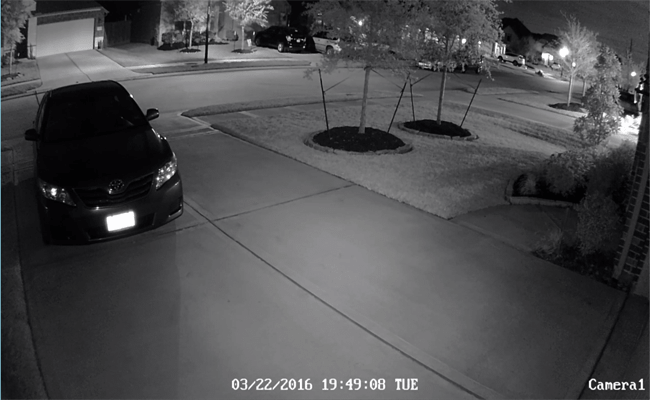
Best Security Camera with Night Vision Recommendation
In this section, the article highlights two standout security cameras with exceptional night vision capabilities, catering to different needs and preferences.
Battery-powered Color Night Vision Security Camera
Reolink Argus 4 Pro is a 4K WiFi 6 battery-powered security camera. Equipped with advanced ColorX Technology, it delivers stunning full-color images even in low-light conditions, ensuring every detail is captured with clarity. Its battery-powered design offers flexibility in installation, allowing you to place it anywhere without the constraints of power outlets or wiring.
4k 180° Wire-free Color Night Vision Camera
4K UHD 180° Blindspot-free View; Color Vision Day and Night; 30% More Battery Life; Dual-band Wi-Fi 6; Smart detection.
For consumers who require full-color night vision without apparent spotlights, the Reolink Argus 4 Pro is an excellent choice. Alternatively, if you want an inexpensive solution that still performs well, the Argus 4 standard version is worth considering.
4k 180° Blindspot-free Wi-Fi 6 Camera
4K UHD 180° Blindspot-free View; Dual-band Wi-Fi 6; Smart detection; Easy Installation Anywhere
Best Wireless Night Vision Security Camera
The Reolink Go PT Ultra is an exceptional wireless night vision security camera that offers a wealth of advanced features. This 4K cellular camera is powered by solar or battery and boasts an impressive 8MP Ultra HD resolution. With pan and tilt capabilities, it can track and capture movements with remarkable precision. Additionally, its color night vision ensures clear and vivid footage, even in low-light conditions.
4K 8MP Wire-Free 4G LTE PT Battery Camera
4K 8MP; Smart Detection; 355° Pan & 140° Tilt; Battery/Solar Powered; Color Night Vision; Smart Real-Time Alert.
Best Night Vision Camera without LED
The Reolink CX410W ColorX 2K 4MP PoE IP Camera is a standout option for those seeking exceptional night vision capabilities without the use of LED illumination. This camera features true full-color night vision, allowing it to capture detailed, color-accurate images even in the dimmest light conditions. An impressive F1.0 super aperture maximizes light intake, ensuring clear and crisp footage.
FAQs
When did the US use night vision?
The United States military first utilized night vision devices during World War II, recognizing the strategic advantage they provided in nighttime operations. However, it was during the Vietnam War that the US military extensively developed and employed night vision technology, equipping troops with advanced night vision goggles and other devices.
Did night vision exist in WWII?
Yes, night vision technology did exist during World War II, although in a more rudimentary form compared to modern devices. As mentioned earlier, the German Army introduced the first military night vision devices as early as 1939, and both the Axis and Allied forces used various night vision systems throughout the war.
Why is night vision illegal?
Night vision technology itself is not universally illegal; however, certain countries and regions have restrictions or prohibitions on the use of night vision devices, especially when they can be mounted on firearms or used for hunting purposes. These restrictions are typically in place to prevent poaching, maintain fair hunting practices, and ensure public safety.
Conclusion
The invention of night vision technology has been a pivotal development that has transformed the way we perceive and navigate the world in low-light conditions. From its humble beginnings in the late 1920s and its crucial role during World War II, night vision has undergone significant advancements and has found widespread applications across various domains.
We encourage you to share your thoughts and experiences with night vision technology in the comments below. How has night vision impacted your personal or professional life? What are your expectations for the future of this technology? Your insights and perspectives can contribute to a deeper understanding and appreciation of this revolutionary invention.
Search
Be in the Know
Security insights & offers right into your inbox

